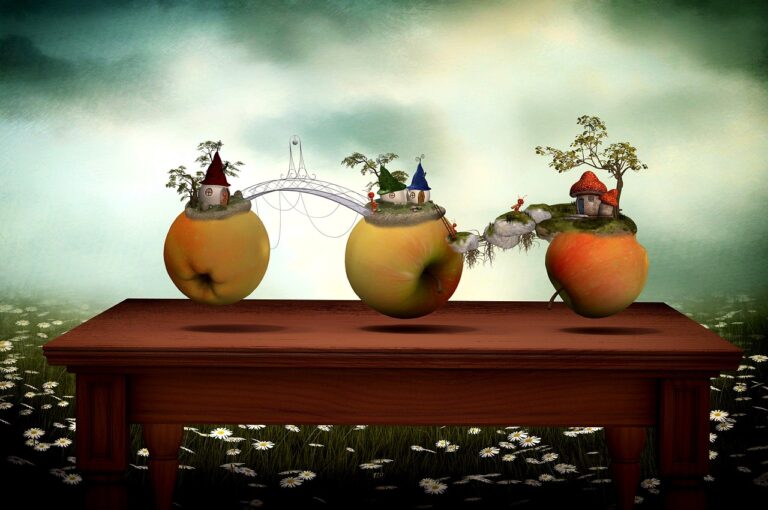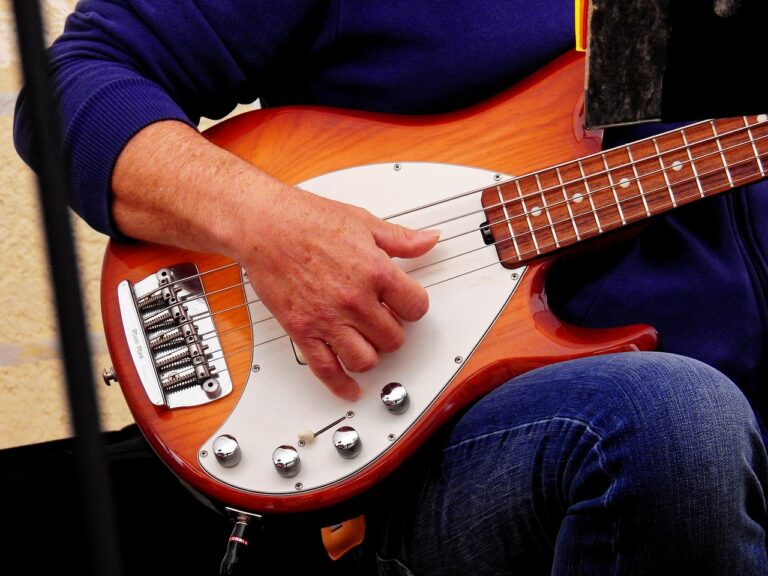The Art of Foley: Creating Sound Effects for Media
Foley artistry has been an integral part of the film industry since its inception in the early 20th century. The technique is named after Jack Foley, a sound effects editor who pioneered the practice of creating custom sounds for movies in real time. Foley artists use a variety of objects and surfaces to produce synchronous sound effects that match the actions seen on screen. This meticulous attention to detail adds a layer of authenticity and immersion to visual storytelling, making Foley an essential element of modern cinema and television production.
The importance of Foley in media cannot be overstated, as it serves to enhance the viewer’s auditory experience and bring scenes to life in a way that recorded sound effects simply cannot replicate. By using custom sound effects created specifically for each film or television show, Foley artists have the ability to evoke emotions, create suspense, and immerse audiences in the world being presented on screen. This level of artistry and dedication to sound design has become a hallmark of quality filmmaking and is crucial in capturing the attention and imagination of viewers worldwide.
Different Types of Foley Artists and Their Roles
Foley artists play a crucial role in creating the sounds that breathe life into visual media. The footsteps, rustling of clothing, and other everyday sounds that enhance the on-screen action are meticulously crafted by these skilled professionals. There are various types of foley artists, each specializing in different aspects of sound production.
One type of foley artist is the footsteps specialist, whose main role is to recreate realistic footsteps matching the movements of the characters on screen. These artists pay close attention to details such as the surface being walked on, the speed of the footsteps, and the weight of the character to ensure the sounds sync perfectly with the visuals. Another type of foley artist is the prop specialist, responsible for creating sounds using various props to mimic actions like slamming doors, clinking glasses, or even the sound of a sword being unsheathed. Their expertise lies in selecting the right props and manipulating them in a way that elicits the desired sound effect.
Tools and Equipment Used in Foley Art
Foley artists rely on an array of tools and equipment to create the intricate sounds that bring a film to life. One essential tool is the Foley pit, a specially designed area filled with various surfaces that allow artists to replicate footsteps, movements, and other sounds in sync with the visuals on screen. In addition to the pit, Foley artists use a vast assortment of everyday objects such as shoes, clothing, props, and household items to generate specific sounds that match the actions of characters on screen.
Furthermore, Foley artists utilize a variety of specialized tools to enhance their craft. These may include items like coconuts for horse hooves, rubber blocks for punches and hits, and metal chains for sword clashes. Each tool is carefully selected and manipulated to create the most realistic and impactful sound effects possible, immersing viewers in the world of the film.
What is Foley art?
Foley art is the process of creating sound effects for film, television, and other media by using everyday objects to replicate the sounds of actions and movements on screen.
Why is Foley art important in media production?
Foley art helps to create a more immersive and realistic audio experience for the audience, enhancing the overall quality of the production.
What are some common tools used in Foley art?
Some common tools used in Foley art include coconuts for horse hoof sounds, a variety of shoes for different types of footsteps, and various props to create specific sound effects.
Can anyone become a Foley artist?
While anyone can technically become a Foley artist with practice and dedication, it does require a certain level of skill, creativity, and attention to detail to be successful in the field.
What role do Foley artists play in the production process?
Foley artists work closely with sound designers and editors to create and enhance sound effects that help bring the visuals on screen to life. Their work is crucial in creating a cohesive and realistic audio experience for the audience.







